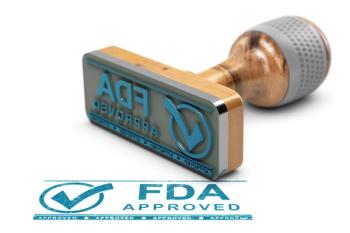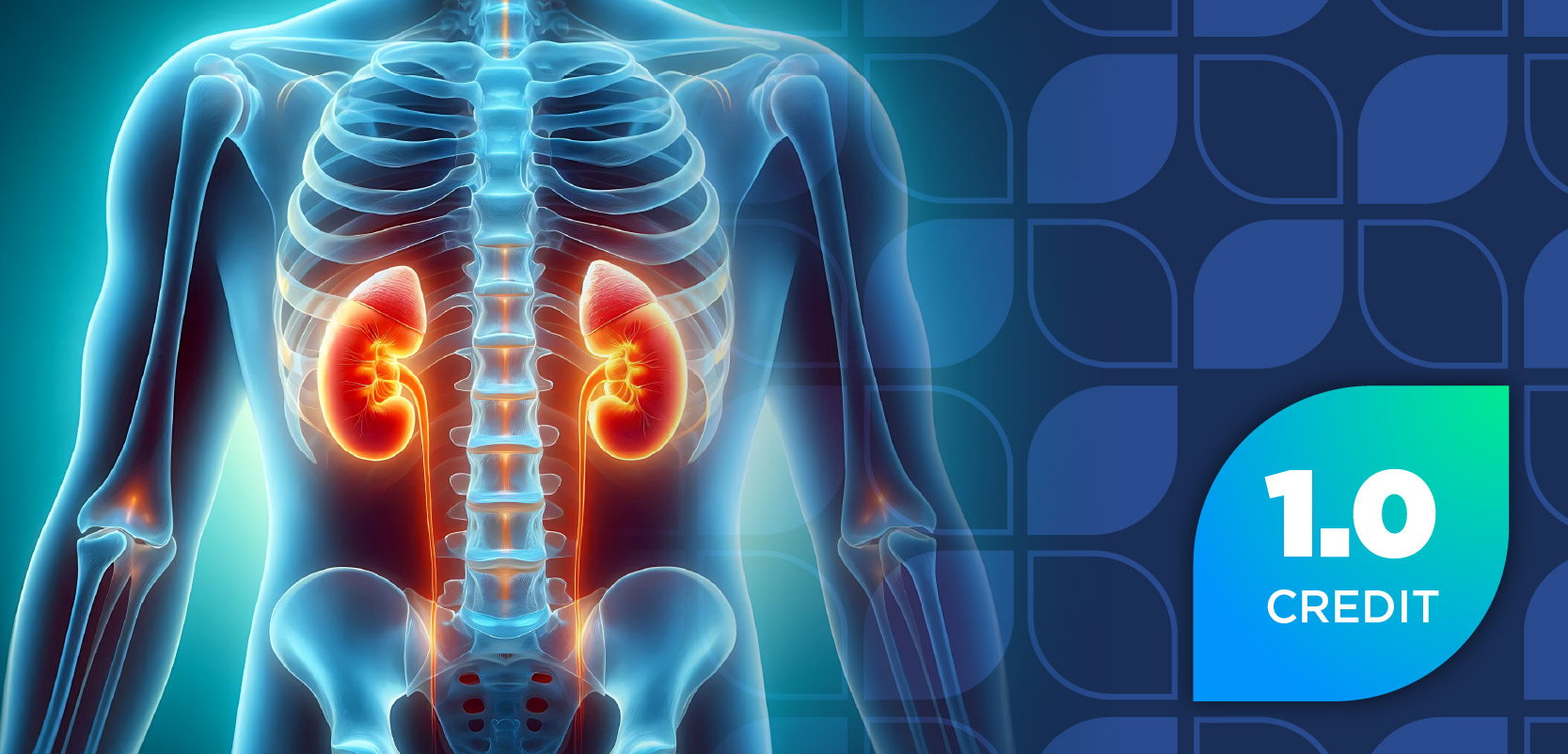
Ferritin-NP-preS1 Therapeutic Vaccine With siRNA Shows Durable Effects in CHB
Key Takeaways
- Ferritin-NP-preS1 vaccine combined with siRNA achieved significant viral clearance and sustained seroconversion in CHB mouse models.
- The combination therapy may overcome HBV-specific immune tolerance, leading to effective and durable treatment outcomes.
In chronic hepatitis B (CHB) mouse models, the ferritin nanoparticle-preS1 (ferritin-NP-preS1) with small interfering RNA (siRNA) showed 100% and sustained serum HBsAg over an approximate 11-month period.
Research findings published in hLife demonstrate an approach in which the proprietary ferritin nanoparticle-preS1 (ferritin-NP-preS1) therapeutic vaccine is synergistically combined with a preclinically validated hepatitis B virus (HBV)–specific small interfering RNA (siRNA), representing a significant advancement in a durable and functional cure of chronic hepatitis B (CHB). The authors urged that further research be conducted to clinically validate the findings.1
CHB is a significant global health issue that affects millions of people worldwide. It leads to serious complications, such as cirrhosis and hepatocellular carcinoma. According to experts, more than 254 million people have hepatitis B and can potentially transmit the virus, and there are more than 1.1 million hepatitis B–related deaths annually. In areas with limited resources—such as sub-Saharan Africa and the Asia-Pacific region—chronic HBV infections affect approximately 4% to 8% of the adult population.2
Additionally, the virus is transmitted through bodily fluids and secretions, with statistics demonstrating that the most common routes worldwide are mother-to-child transmission and transmission between children. There are existing tests that assess a person’s risk of transmitting hepatitis B, such as those that measure viral load, but these are often costly and require specialized laboratory equipment, limiting their accessibility in regions that have limited resources. Effective vaccinations have been available since 1981; however, antiviral therapy does not yet definitively cure hepatitis B. Current standard treatments include nucleotide analogs and interferon therapy, which have limitations (eg, long-term administration, potential for drug resistance).1,2
The authors wrote that therapeutic vaccines offer a promising approach to achieving functional cures, but because of HBV-specific immune tolerance induced by high levels of viral antigen hepatitis B surface antigen (HBsAg), traditional therapeutic vaccines often face challenges.1 They explained that in their previous study, which was published in 20203, targeting the low-tolerant preS1 and using ferritin NP to improve its immunogenicity allowed for the ferritin-NP-preS1 vaccine to elicit a strong and sustained anti-preS1 response and preS1-specific CD4+ T-cell response. In a CHB mouse model, this led to effective viral clearance and approximately 50% serological conversion. These findings provided a promising vaccination strategy to achieve a functional cure for CHB; however, further improved efficacy and sustainability were still required. For that reason, the investigators further pursued the therapeutic effects of the ferritin-NP-preS1 vaccine in mouse models but evaluated it when used in combination with siRNA.1,3
The investigators observed that the vaccine, when used in combination with siRNA, led to highly effective and sustained seroconversion in mouse models with CHB infection. They hypothesized that this may be because of the siRNA treatment-induced significant viral antigen loss as well as the reversal of HBV-specific immune tolerance. Among the 10 mice that received the combination regimen, liver covalently closed circular DNA and hepatitis B core antigen (HBcAg) were significantly diminished, showing undetectable levels.1
Specifically, the combination treatment resulted in a 100% and sustained serum HBsAg loss across an approximate 11-month period, with approximately an 80% seroconversion rate for HBs, stable persistence of anti-HBs, and 70% clearance rates of serum HBV DNA and liver HBcAg. For these reasons, the authors urged that the combination approach serve as a promising treatment option for CHB, warranting clinical trials to evaluate it further.1
REFERENCES
1. Wang W, Zhou X, Guo T, Chai Q, Wang H, Zhu M. Ferritin-NP-preS1 vaccine synergizes with siRNA for sustained seroconversion against chronic hepatitis B in mice. hLife. Published online February 18, 2025. doi:10.1016/j.hlife.2025.02.004
2. McGovern G. HBcrAg rapid diagnostic test shows potential in timely detection of HBV DNA concentrations. Pharmacy Times. March 26, 2025. Accessed May 1, 2025. https://www.pharmacytimes.com/view/hbcrag-rapid-diagnostic-test-shows-potential-in-timely-detection-of-hbv-dna-concentrations
3. Wang, W, Zhou, X, Bian, Y, et al. Dual-targeting nanoparticle vaccine elicits a therapeutic antibody response against chronic hepatitis B. Nat Nanotechnol. 2020;15(5):406-416. doi:10.1038/s41565-020-0648-y
Newsletter
Stay informed on drug updates, treatment guidelines, and pharmacy practice trends—subscribe to Pharmacy Times for weekly clinical insights.


















































































































































































































